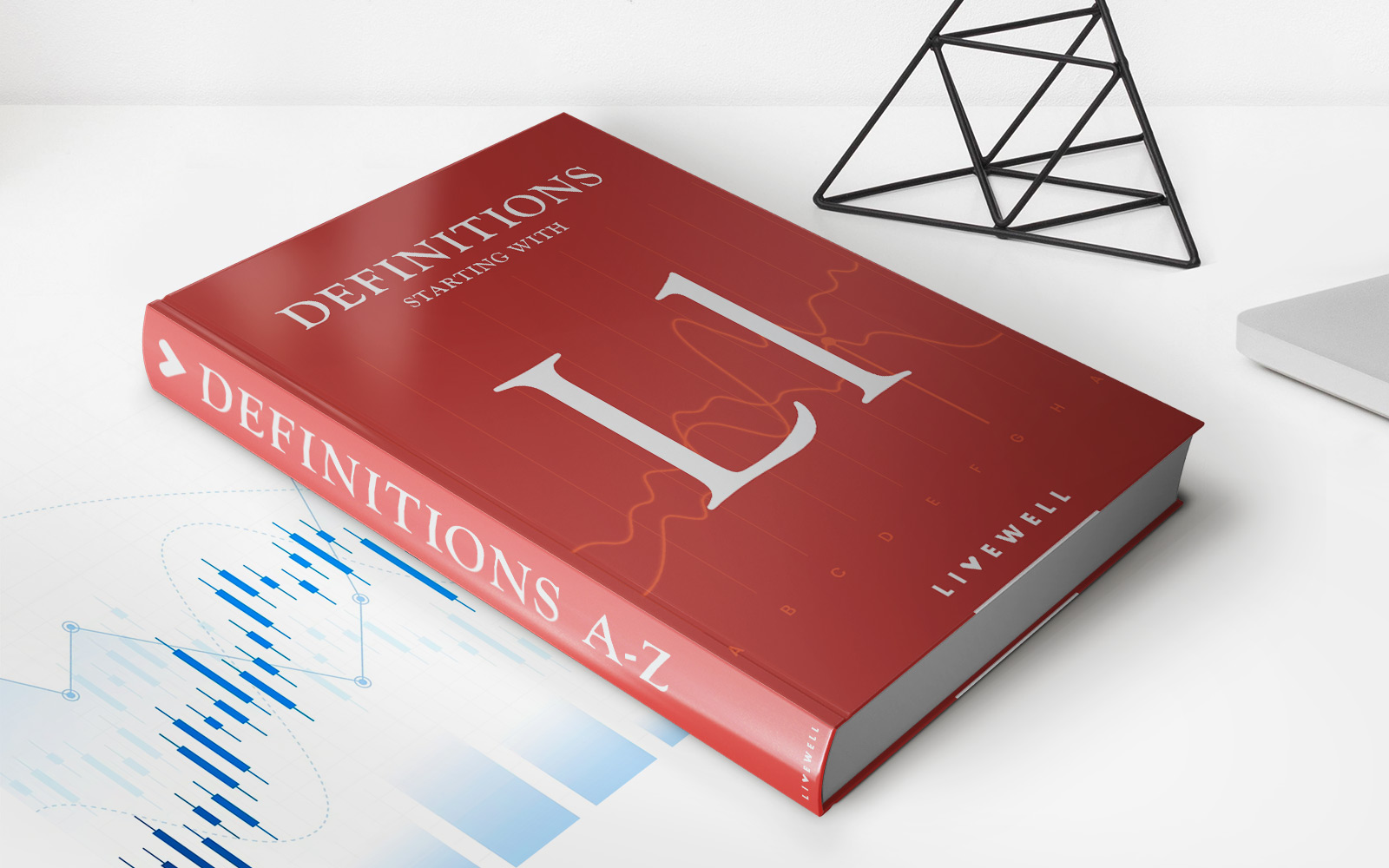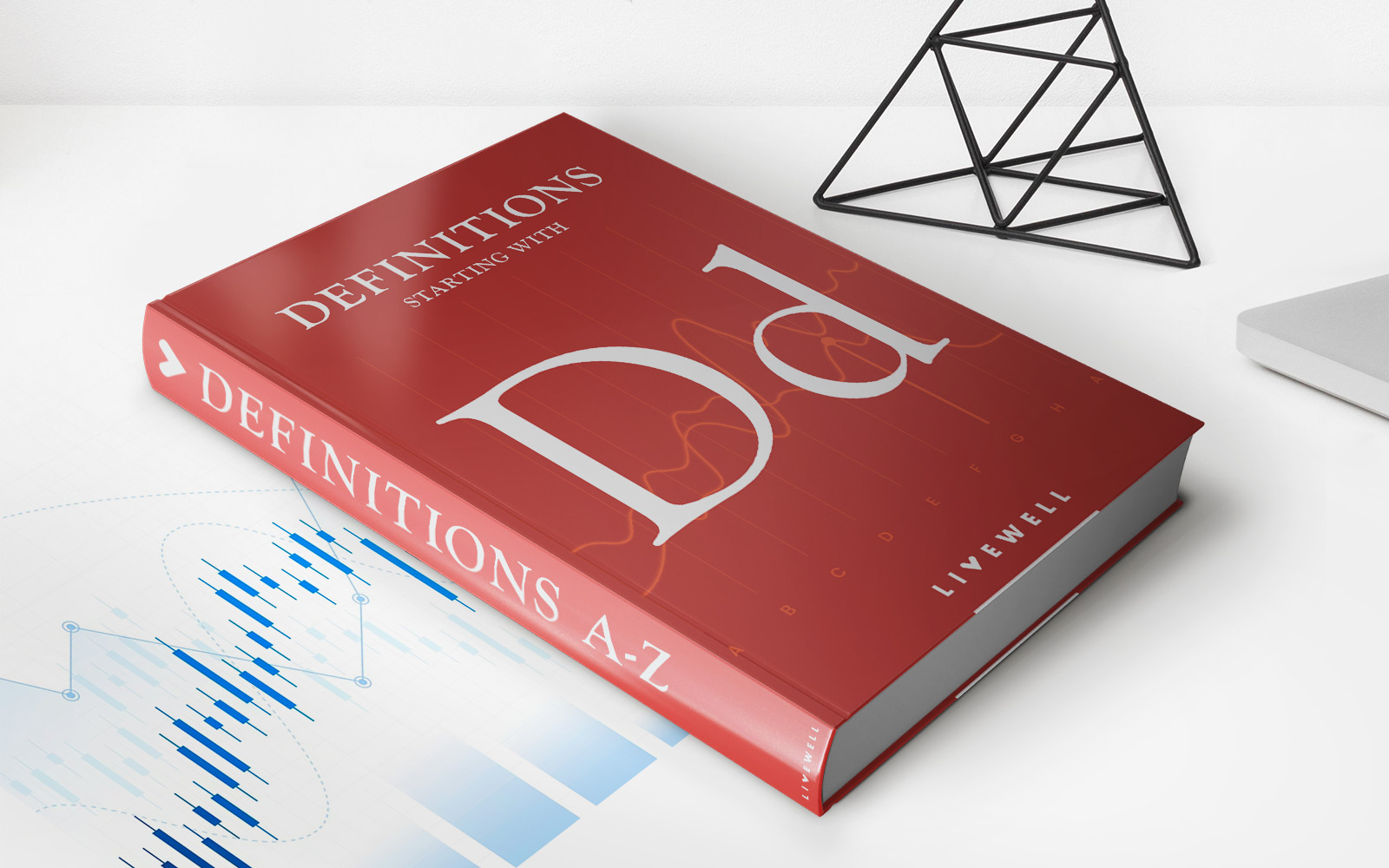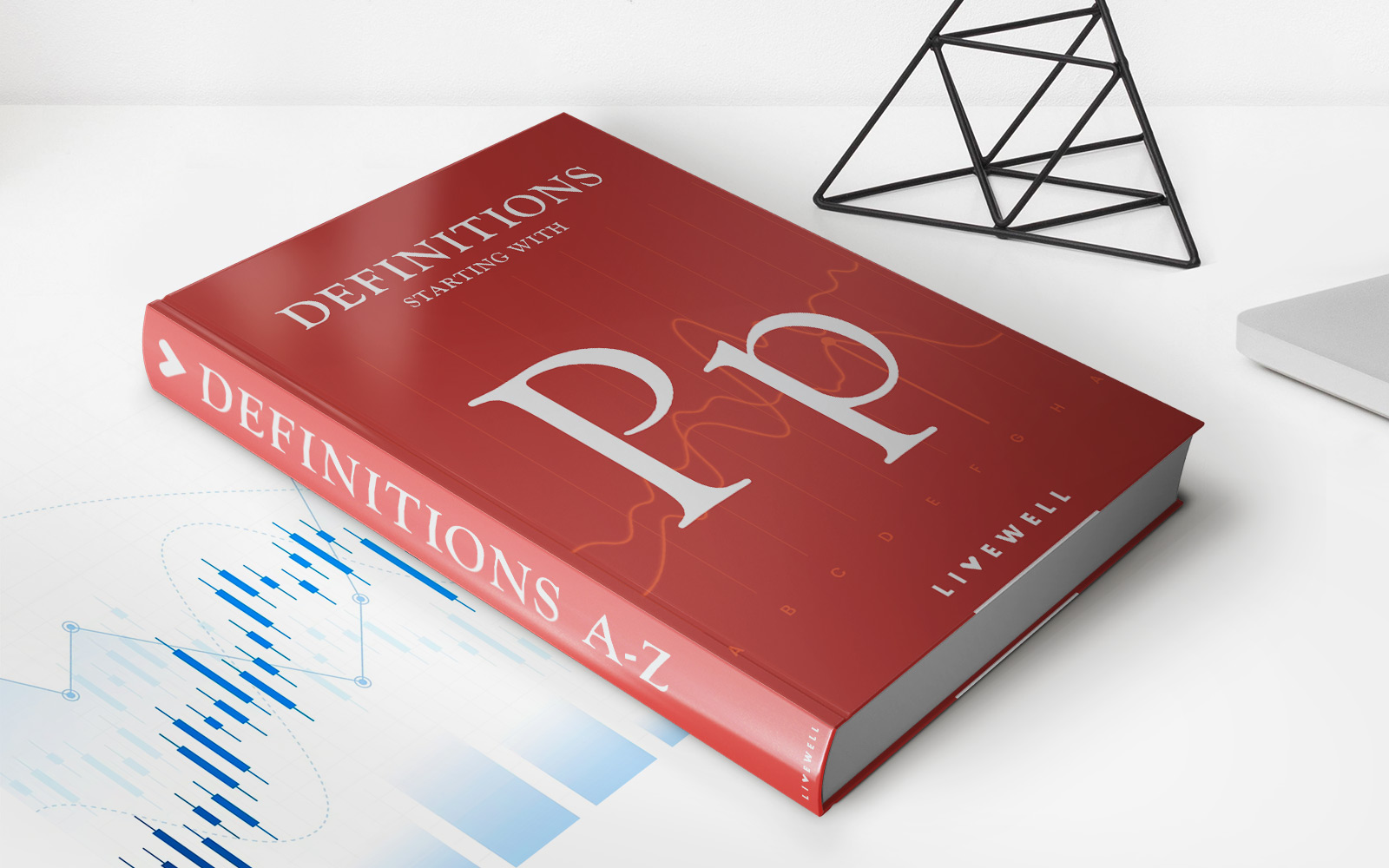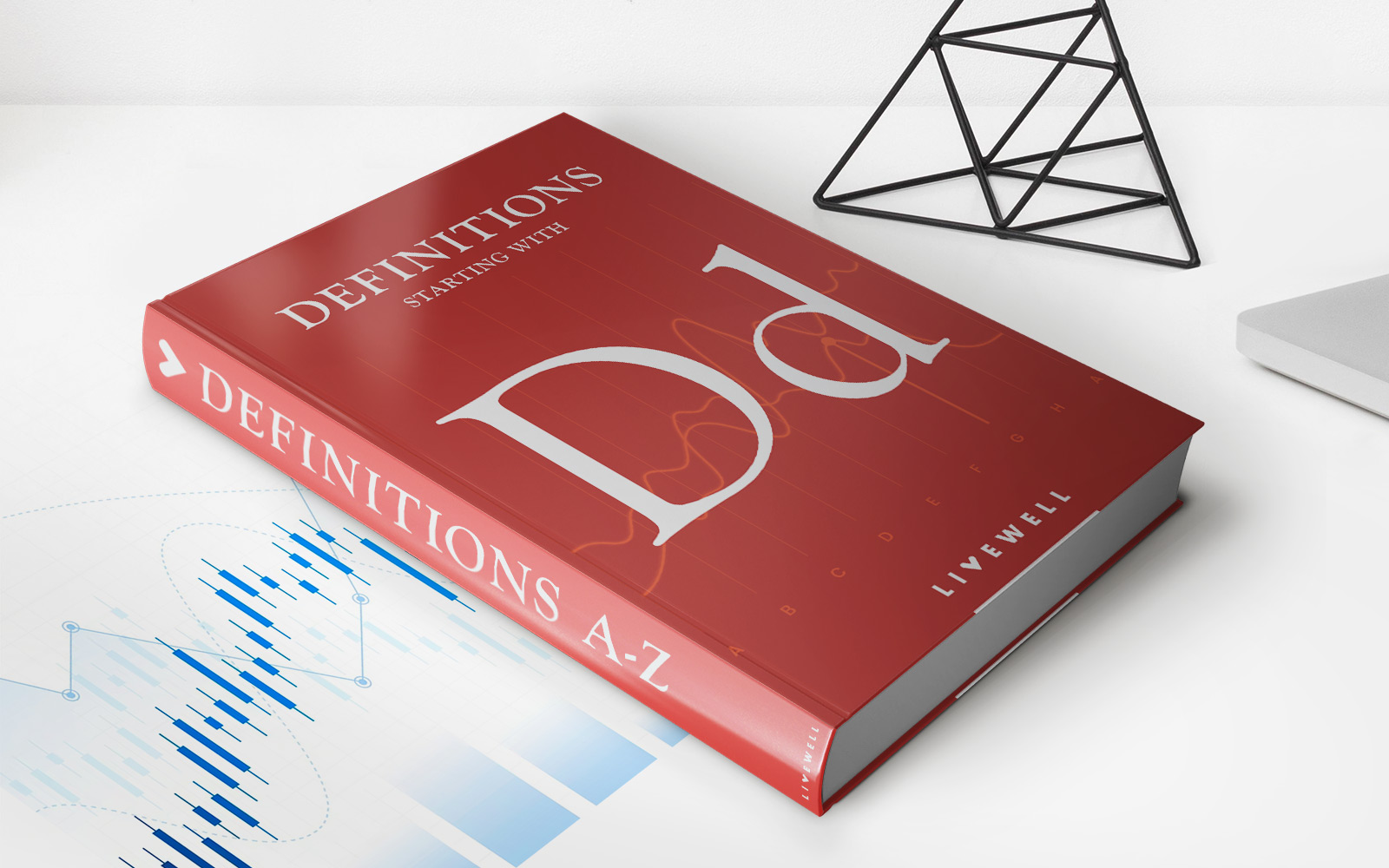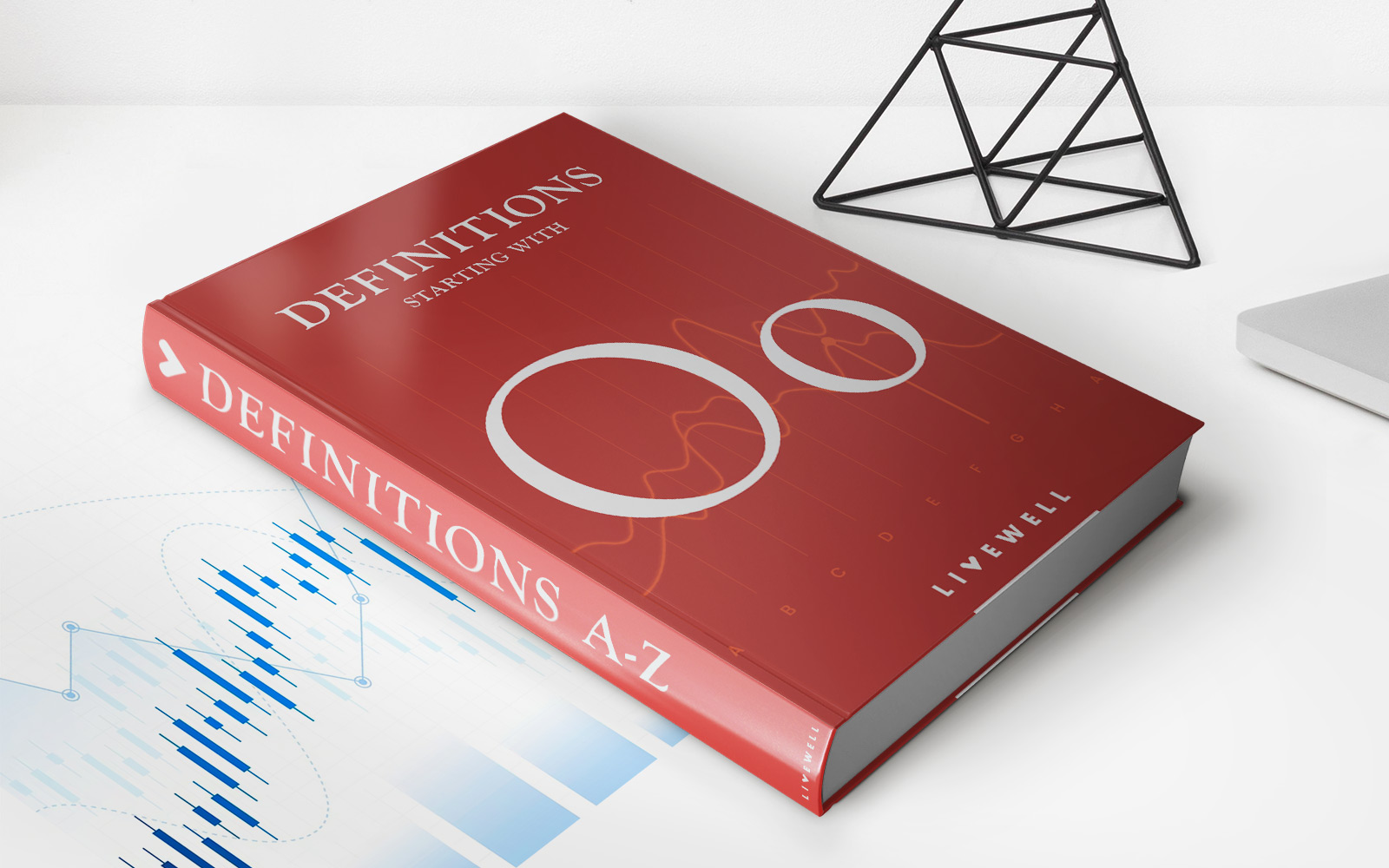Home>Finance>What Is Theory Of Price? Definition In Economics And Example
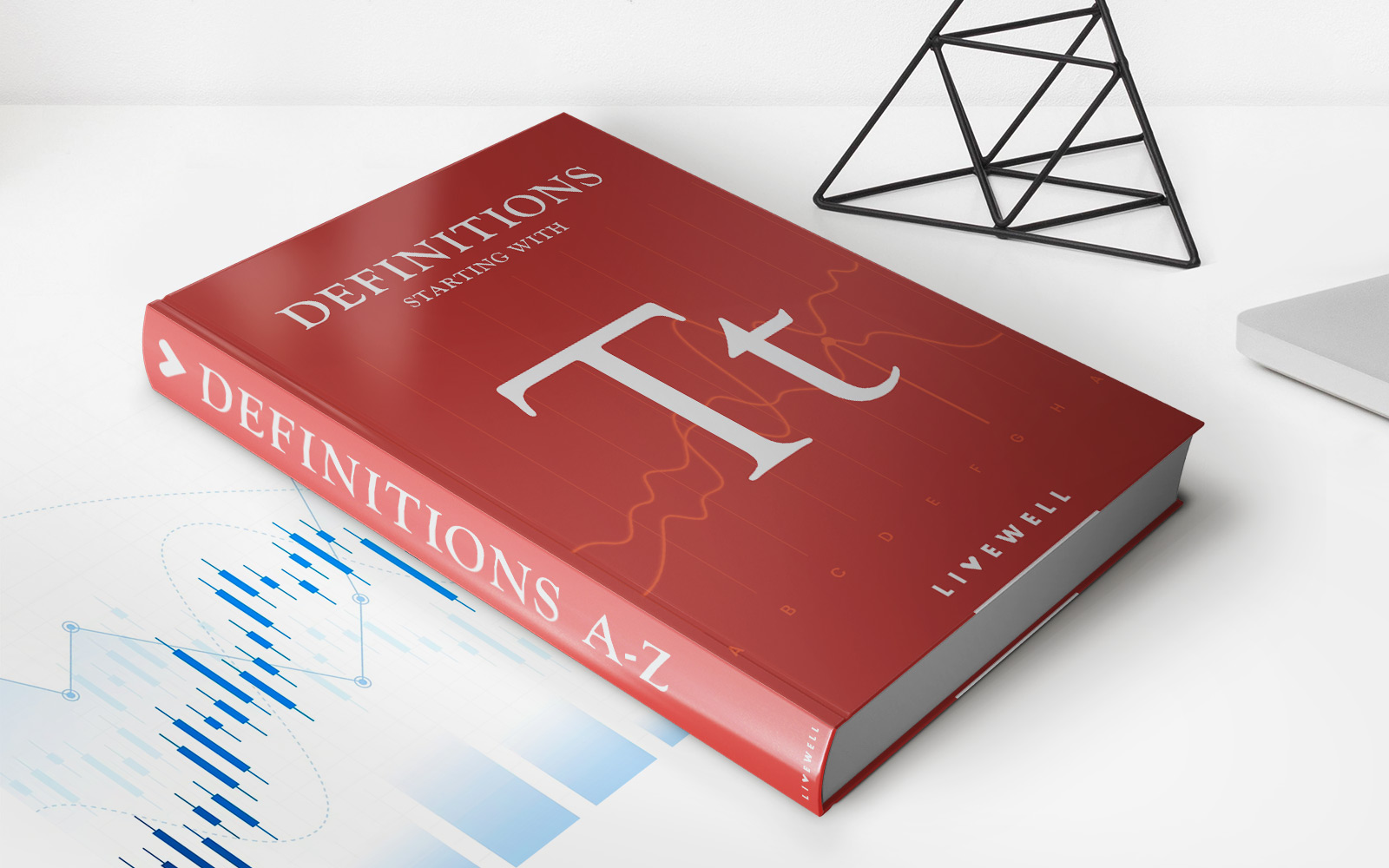

Finance
What Is Theory Of Price? Definition In Economics And Example
Published: February 8, 2024
Learn the definition of theory of price in economics and explore examples in the field of finance. Understand how prices are determined and the impact they have on the market.
(Many of the links in this article redirect to a specific reviewed product. Your purchase of these products through affiliate links helps to generate commission for LiveWell, at no extra cost. Learn more)
The Theory of Price: Understanding its Significance in Economics
Welcome to our Finance category, where we delve into the intricate world of economic concepts that shape our everyday lives. In today’s post, we will explore the Theory of Price and how it plays a vital role in economic analysis and decision-making. So, let’s dive right in!
Key Takeaways:
- The Theory of Price is a fundamental concept in economics that analyzes the factors influencing the price of goods and services.
- Understanding the Theory of Price helps individuals, businesses, and policymakers make informed decisions regarding production, consumption, and resource allocation.
In the realm of economics, the Theory of Price serves as a cornerstone for analyzing the intricacies of supply and demand. It seeks to explain the determinants of prices, uncovering the forces at play in various markets and industries. By examining the Theory of Price, economists can gain valuable insights into the allocation of resources, production decisions, and marketplace dynamics.
Breaking Down the Theory of Price
At its core, the Theory of Price evaluates the factors that influence the price of a good or service in a given market. These factors include:
- Supply and Demand: The interplay between the availability of a product or service (supply) and the desire or need for it (demand) greatly impacts its price. When supply exceeds demand, prices tend to decrease, and vice versa.
- Cost of Production: The expenses involved in bringing a product or service to market, such as raw materials, labor, and overhead costs, directly affect its price. Higher production costs often translate to higher prices for consumers.
- Competition: The level of competition in a market influences prices. In a competitive marketplace, prices are typically driven down as businesses strive to attract customers. Conversely, a lack of competition may result in higher prices.
- Market Conditions: Factors like government regulations, technological advancements, and changes in consumer preferences can impact prices. These external forces can create shifts in supply and demand or alter the cost of production.
By analyzing these factors, economists can develop models and theories to predict and explain how prices behave in different situations. This helps individuals and businesses make informed decisions about production, consumption, and investment.
An Example: The Theory of Price in the Smartphone Industry
Let’s consider the smartphone industry to illustrate the Theory of Price in action. Here are the key determinants:
- Supply and Demand: When a new smartphone model is launched and is in high demand, manufacturers may raise prices due to limited supply. As demand levels off or new models are introduced, prices may decrease.
- Cost of Production: Factors like the cost of components, labor, and research and development influence smartphone prices. Advanced features or materials can lead to higher production costs and, subsequently, higher prices.
- Competition: The presence of numerous smartphone manufacturers creates a competitive market that drives prices down. Intense competition can result in price wars and lower profit margins for businesses.
- Market Conditions: Technological advancements, changes in consumer preferences, and government regulations regarding trade and intellectual property rights can affect smartphone prices. For example, tariffs or patents may increase prices.
By examining these factors in the smartphone industry, economists can better understand the pricing strategies employed by manufacturers and forecast price trends to help consumers make informed purchasing decisions.
In Conclusion
The Theory of Price is an essential concept in economics that enables us to understand and analyze the factors influencing the prices of goods and services. By examining supply and demand, production costs, competition, and market conditions, economists can offer insights into pricing dynamics and guide decision-making.
Whether you’re interested in personal finance, business operations, or public policy, understanding the Theory of Price is crucial for making informed choices. Stay tuned for more engaging articles in our Finance category!

